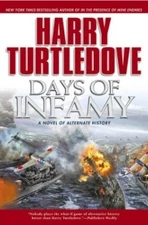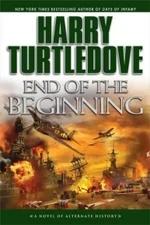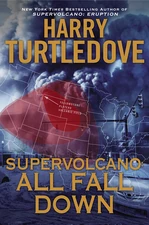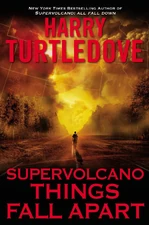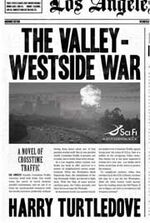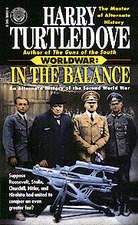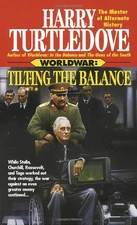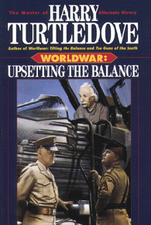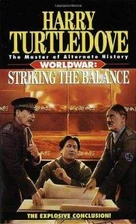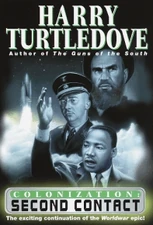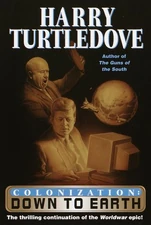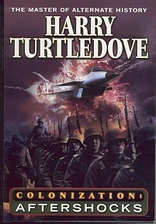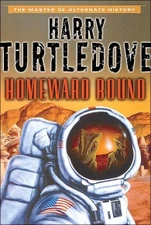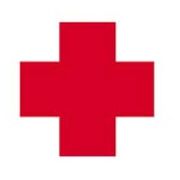
The Red Cross is an international humanitarian organization. It oversees, among other things, medical services in time of war. By international agreement, enemy soldiers, vehicles, and buildings displaying the Red Cross symbol are not fired upon in the heat of battle.
Islamic countries had used the Red Crescent since the Russo-Turkish War of 1877-8. In 1929 the organisation expanded to include these countries and that emblem was also recognized. Iran began a similar organisation in 1922 using the Red Lion and Sun symbol. While officially recognized, it fell into disuse after the overthrow of Shah Mohammad Reza Pahlavi in 1980, and the Red Crescent was adopted. Israel has used the Red Star of David since 1935 but due to Arab opposition this symbol has not been officially recognized. Instead, the organisation has adopted the Red Crystal in 2005 as a non-religious symbol which Israel has used in overseas humanitarian missions.
Red Cross in Days of Infamy[]
During both the Japanese Army's invasion of Hawaii in 1941, and the American liberation in 1943, medics with Red Cross arm bands were targeted by Japanese soldiers. Though this was forbidden by the Geneva Convention, Japan was not a signatory of that treaty. Medics quickly learned to remove their arm bands.
Red Cross in "Occupation Duty"[]
The Philistinians used the internationally recognized Green Waves emblem on their ambulances and other non-combatant humanitarian facilities as befit "the Sea People". The Moabites used the Green Sun as did most of the rest of the Middle East. The Parthians used the Green Lion while most of the rest of the world used the Green Hammer.[1]
Red Cross in Southern Victory[]
The Red Cross was generally respected in the Great War but was sometimes fired upon by both Entente and Central Powers forces. An American driver named Ernie was wounded by a Canadian aeroplane which fired upon his Red Cross ambulance while en route to the US Army hospital outside Riviere-du-Loup, Quebec.
The Red Cross flag was flown by a Spanish ship that carried George Enos to New York City from imprisonment in the Confederate States.
The Red Cross was also one of the few symbols respected by combatants in the Second Great War, but the many hazards of battlefields in that war resulted in high casualties among Red Cross personnel.
Confederate President Jake Featherston abused the Red Cross sign by using a car marked with it to travel through and outside Richmond.
The Action Francaise were said to abuse the system worse than the Confederates did.
Red Cross in Supervolcano[]
In the immediate aftermath of the Yellowstone Supervolcano, the Red Cross did what it could to help survivors. Bryce Miller and the other unhurt passengers from the flight that ditched into Branch Oak Lake were put up at a Lincoln, Nebraska Motel 6 commandeered for that purpose.[2] Vanessa Ferguson reached Garden City, Kansas, just inside the edge of ashfall and was put up by the Red Cross for several weeks in a local high school[3] until FEMA set up some more permanent refuge camps outside ashfall.[4] Given the size of the disaster, the Red Cross was hard pressed but did what it could. It launched fundraising and goods collection campaigns across the minimally affected parts of the United States including the campus of UC, Santa Barbara where Marshall Ferguson donated some canned goods.[5]
Red Cross in The Valley-Westside War[]
During a battle between The Valley against Westside and Speedro, medics wearing red crosses on their smocks dragged the wounded to cover. It was against the rules to shoot medics, but it happened on occasion, usually by accident rather than malice.[6]
Red Cross in Worldwar[]
The Red Cross was worn by medics in the armies of all the human powers engaged in World War II and continued to be used by medics during the war against the Race's Conquest Fleet. The Race quickly learned its significance and adopted the Tosevite practice of not firing upon the Red Cross, and Lizard medics began incorporating green zig-zags, their equivalent of the Red Cross, into their body paint patterns to communicate the same message to human soldiers.
The human powers occasionally used the Red Cross, and the Race's comparable symbol of solid yellow paint, to protect important legitimate targets from Lizard fire. American soldier Sam Yeager often travelled with his prisoners, Ullhass and Ristin, in Red Cross vehicles.
References[]
- ↑ See e.g.: Atlantis and Other Places, pg. 250, HC.
- ↑ Eruption, pg. 254, HC.
- ↑ Ibid, pgs. 260-263.
- ↑ Ibid, pgs. 290-291, 305-308.
- ↑ Ibid, pgs. 285.
- ↑ The Valley-Westside War, p. 219.
| |||||||||||||||||
| ||||||||||||||
| |||||||||||||
| |||||||||||||
| |||||||||||||||||||||||||
